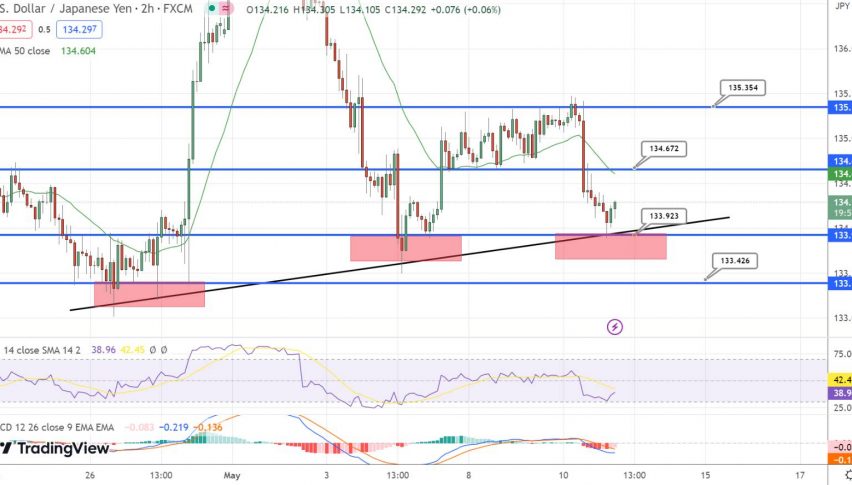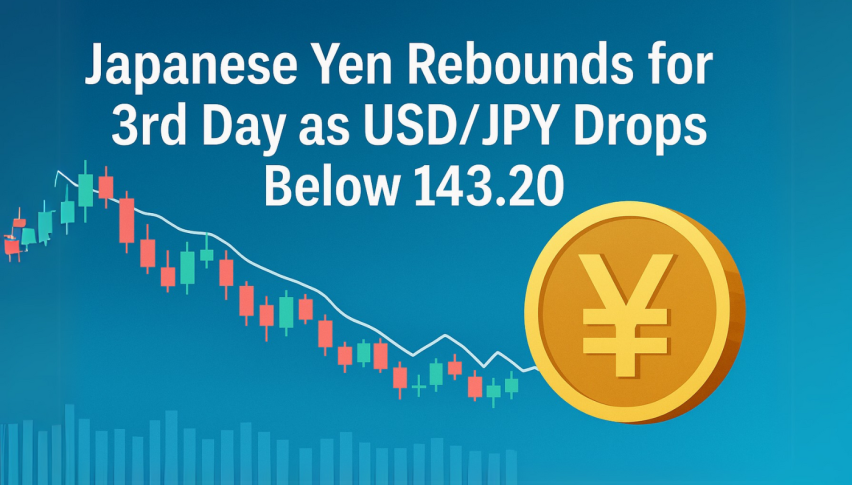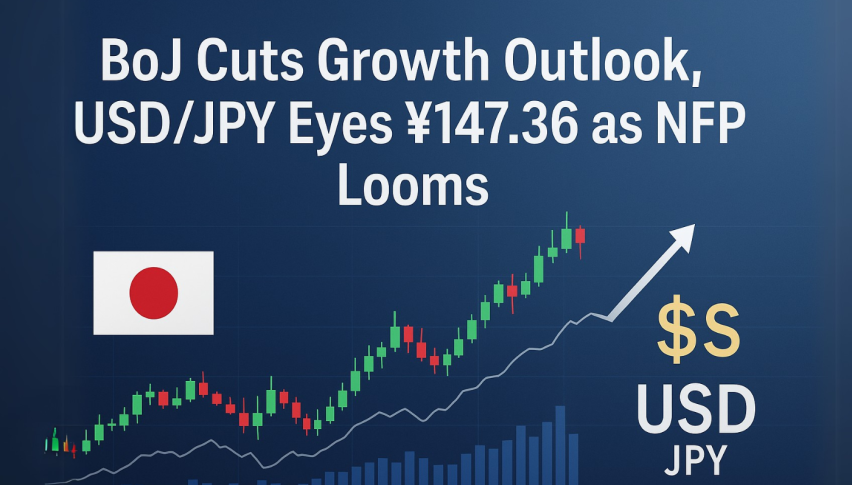USD/JPY Remains Bearish Despite Dovish Signals from BoJ
USD/JPY fails to rebound and retests its weekly low around 133.90 early on Thursday despite dovish hints from the Bank of Japan (BoJ).

[[USD/JPY]] fails to rebound and retests its weekly low around 133.90 early on Thursday despite dovish hints from the Bank of Japan (BoJ). Due to declining Treasury bond yields and wary optimism, the pair has been following the general depreciation of the US dollar.
As US inflation goes below 5% for the first time in two years, the US Dollar Index (DXY) declines for a second consecutive day, trading at about 101.35. Fed Fund Futures suggest a rate drop won’t happen until September 2023, even though the underlying data from the US Consumer Price Index (CPI) don’t point to anything unfavourable.
The year-over-year change in April’s CPI was lower than predicted at 4.9% (from 5.0%), but the monthly data were in line with optimistic estimates of 0.4% (up from 0.1%). Market expectations for core CPI were also met, coming in at 5.5% annually and 0.4% monthly.
In contrast, investor demand for US Treasuries due to recession fears led to rates on 10-year and 2-year Treasury notes falling by the most in a week. US benchmark bond yields of 3.42% and 3.91% respectively remain under duress.

Market sentiment remains cautious despite the absence of substantial negatives from the banking front and positive profits despite the failure of US authorities to strike a debt-ceiling deal in their first attempt. Futures for the S&P 500 are showing slight increases after Wall Street’s choppy close, while the Nikkei 225 in Japan is down by over 29,000.
Ahead of the US Producer Price Index (PPI) for April and other secondary employment and activity data, a light economic calendar in Japan may provide some relief for USD/JPY bears. Despite the market’s cautious optimism, market watchers will remain vigilant on risk catalysts.
- Check out our free forex signals
- Follow the top economic events on FX Leaders economic calendar
- Trade better, discover more Forex Trading Strategies
- Open a FREE Trading Account



